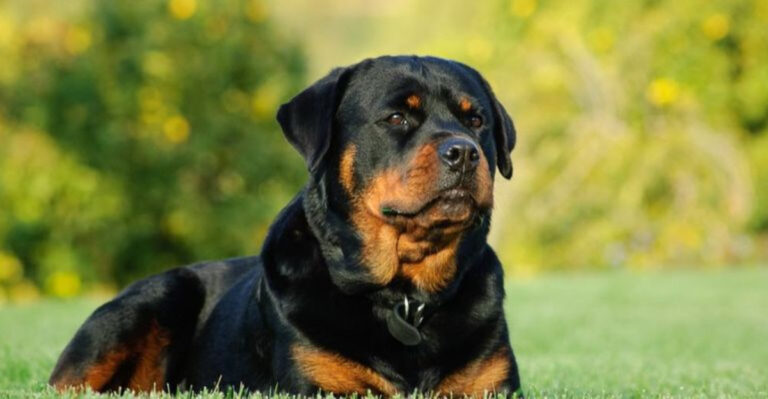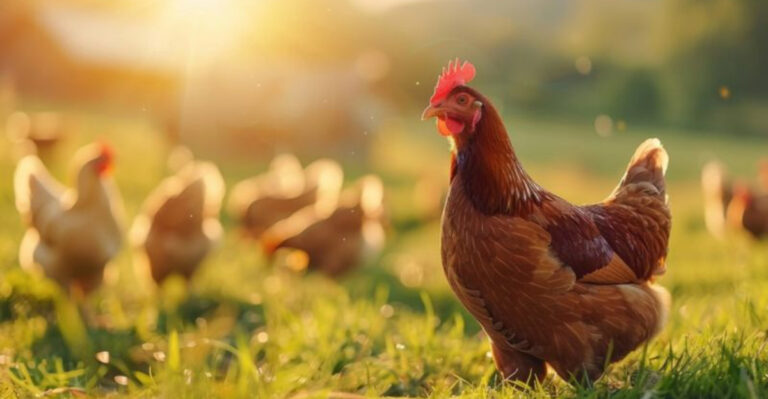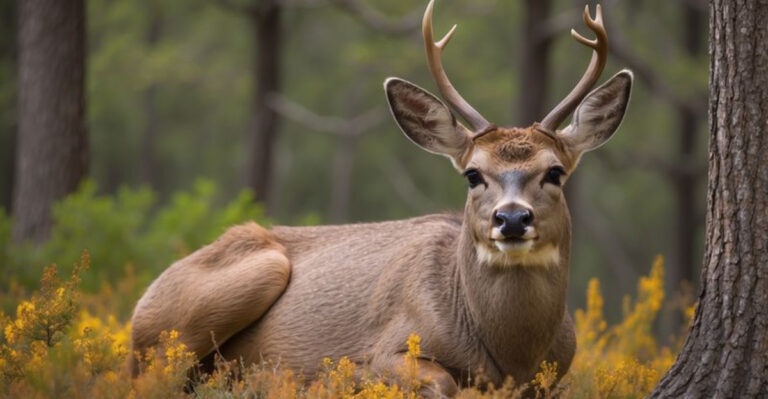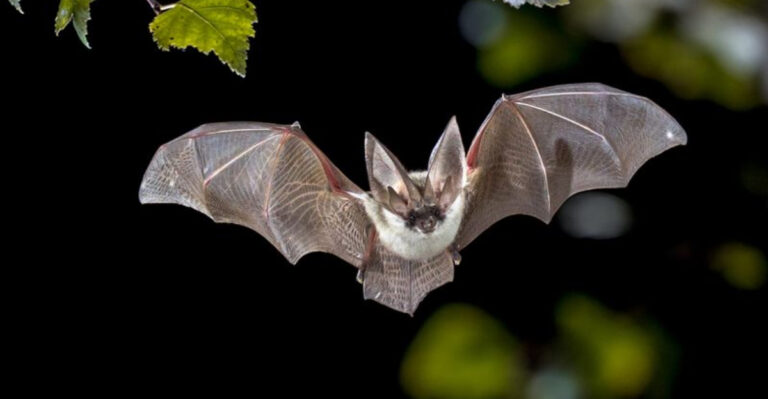15 Most Unpopular Dog Breeds Among Trainers
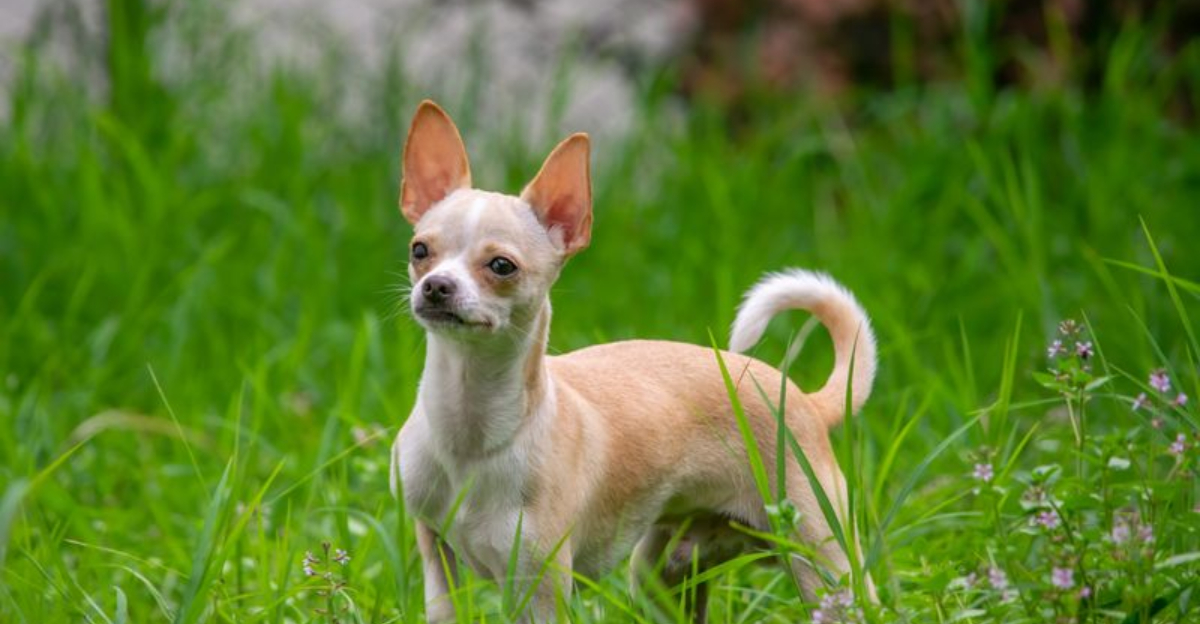
Dog trainers work with all kinds of canine companions, but some breeds consistently make them groan when they appear on the schedule.
What makes certain dogs less popular with professionals isn’t necessarily bad behavior, but rather specific traits that require extra patience, specialized techniques, or seemingly endless energy.
1. Afghan Hound

Graceful and aristocratic, Afghan Hounds possess a stubborn independence that frustrates many trainers. Their aloof personality means they often question commands rather than following them.
Training sessions frequently devolve into standoffs when these dogs decide they have better things to do. Their hunting instincts also make them easily distracted by moving objects, turning simple walks into potential chasing disasters.
2. Basenji
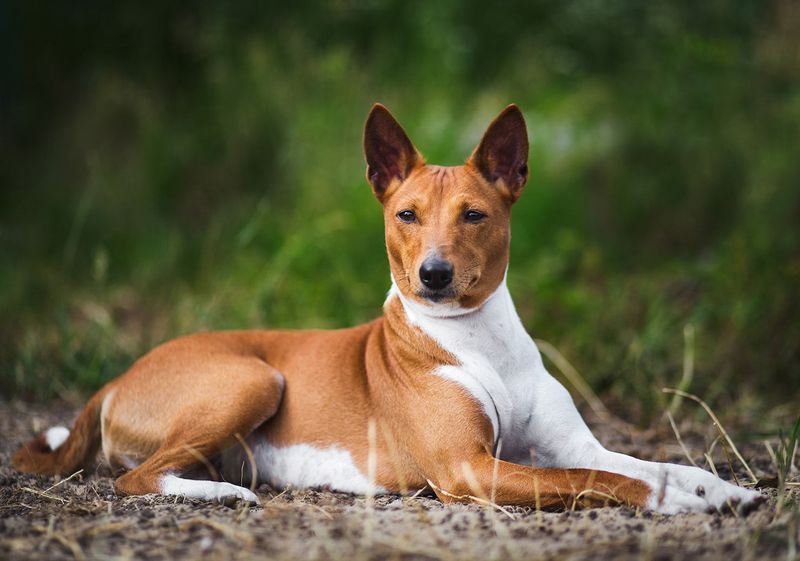
Known as the ‘barkless dog,’ Basenjis communicate through yodels and screams that can startle unprepared trainers. Their cat-like cleanliness and independence make them notoriously difficult to motivate.
Highly intelligent but selectively responsive, they’ll analyze commands to determine if they’re worth following. Basenjis invented the concept of ‘what’s in it for me?’ training, requiring creative incentives beyond standard treats and praise.
3. Chow Chow
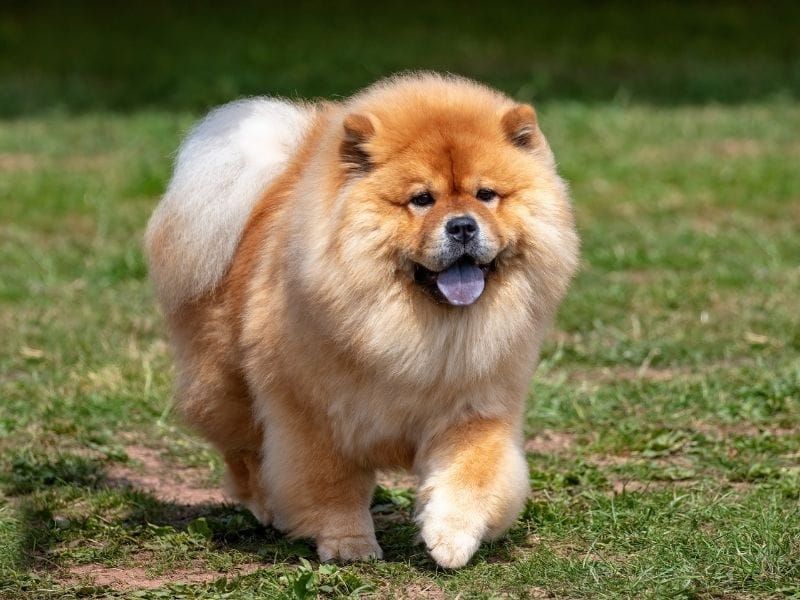
Behind that adorable teddy bear face lies a fiercely independent spirit. Chow Chows approach training as optional suggestions rather than requirements, often responding with a blank stare that screams ‘no thanks.’
Their natural aloofness extends to training rewards – many Chows simply aren’t food-motivated or interested in pleasing humans. Add their tendency toward territorial behavior, and you’ve got a recipe for training headaches that test even veteran professionals.
4. Shiba Inu
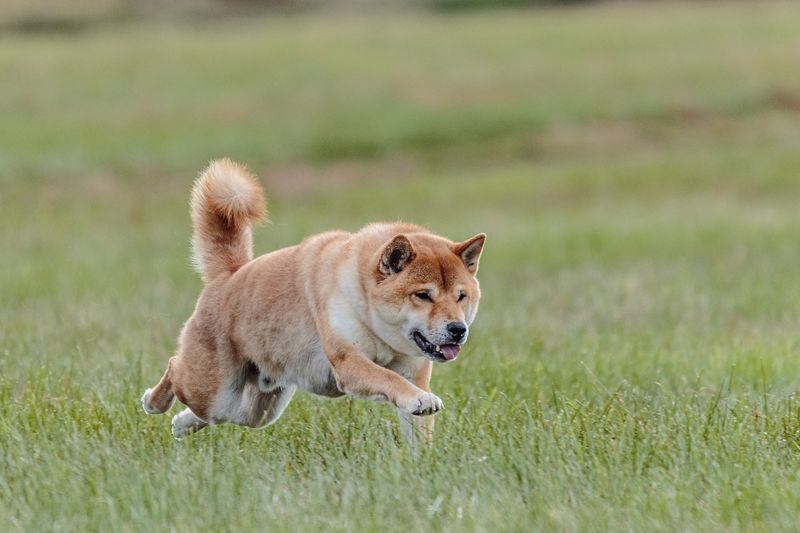
Remember that viral ‘Doge’ meme? That’s the Shiba Inu – cute but notoriously headstrong. These ancient Japanese hunters possess a mind entirely their own and see obedience as entirely optional.
Trainers dread the infamous ‘Shiba scream’ – an ear-piercing vocalization when they’re displeased with training sessions. Their cat-like independence means they’ll analyze every command, deciding if it benefits them before potentially complying.
5. Siberian Husky
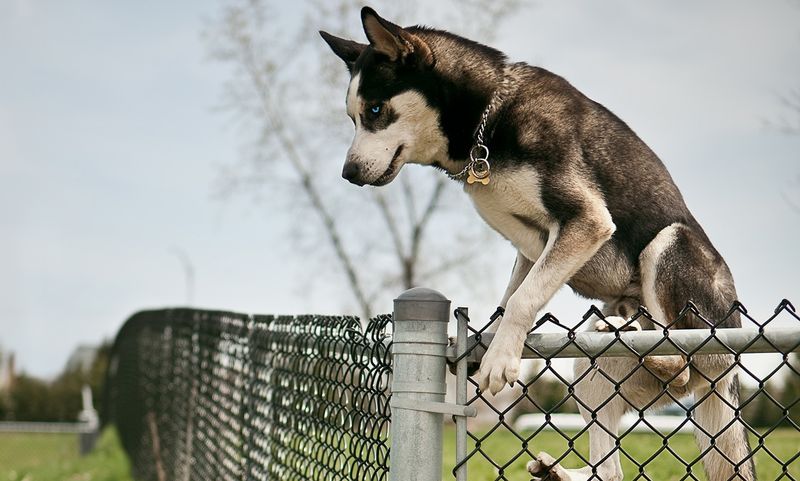
Energetic escape artists with the endurance of marathon runners, Huskies leave many trainers exhausted. Their intelligence is directed toward creative problem-solving – usually involving how to break rules rather than follow them.
Bred for independent thinking while pulling sleds across vast distances, they question authority as a genetic trait. Their dramatic vocalizations during training sessions, from howls to ‘talking back,’ often leave trainers wondering who’s actually in charge.
6. Beagle
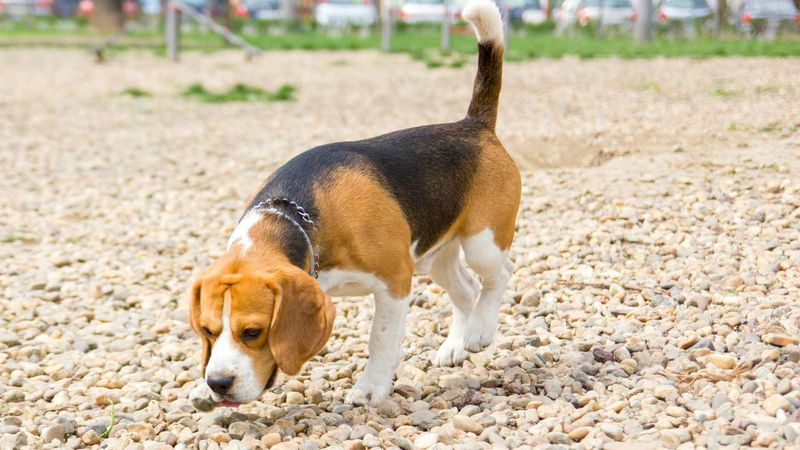
Those floppy ears aren’t just cute – they’re attached to a nose that rules everything. Beagles follow scent trails with single-minded determination that makes trainers pull their hair out.
Mid-training, a Beagle will suddenly become nose-blind to treats and deaf to commands when catching an interesting scent. Their happy-go-lucky attitude means they’re rarely bothered by corrections, seeing training as optional entertainment rather than necessary education.
7. Bullmastiff
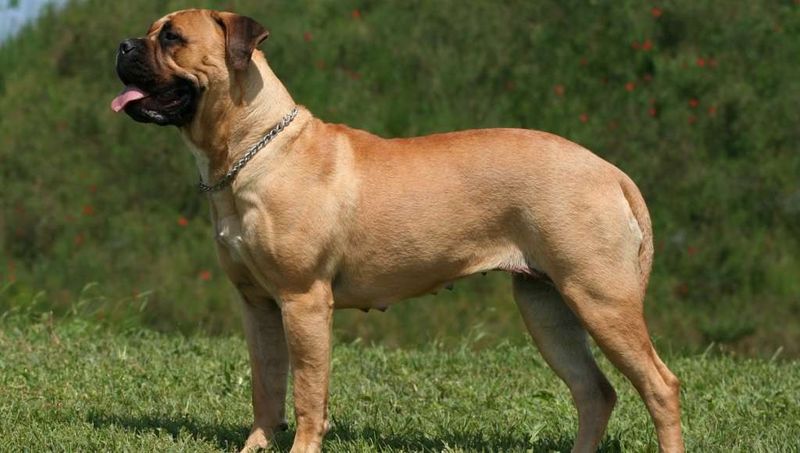
Imagine trying to redirect a stubborn 130-pound canine who’s decided training is boring. Bullmastiffs combine impressive physical strength with a stubborn streak that tests any trainer’s patience.
Their natural guardian instincts can override commands, especially around strangers. While intelligent, they prefer making their own decisions about what deserves their attention. Early training is crucial, but even then, many trainers find themselves negotiating rather than commanding.
8. Akita

Dignified and powerful, Akitas approach training with a judge’s scrutiny. They evaluate each command for worthiness before deciding whether to comply, often leaving trainers feeling like they’re being assessed rather than the other way around.
Their historical role as guardians and hunters means they’re naturally suspicious and territorial. Training requires earning their respect – a challenge that frustrates many professionals who are accustomed to more eager-to-please breeds.
9. Dachshund
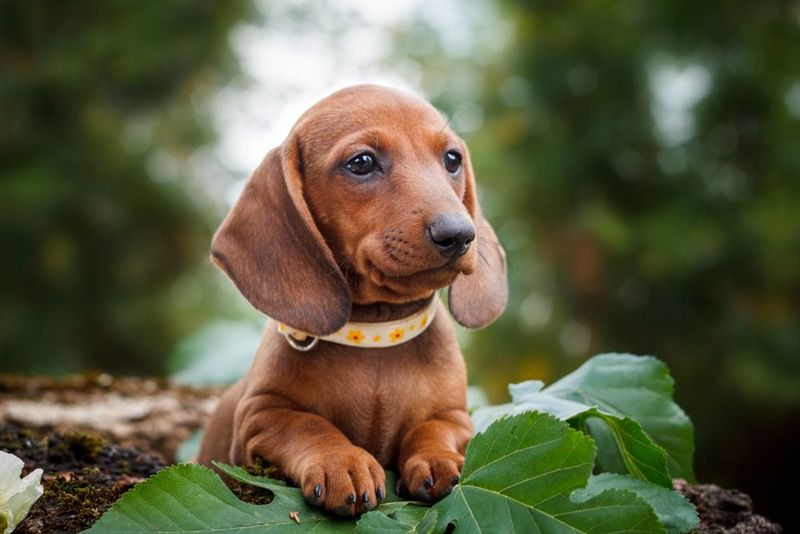
Don’t let their small size fool you – these ‘wiener dogs’ pack stubborn personalities into those long bodies. Bred to hunt badgers underground, Dachshunds developed independent thinking and tenacity that frustrates many trainers.
Their hunting instincts make them easily distracted, while their notorious difficulty with housetraining tests everyone’s patience. Dachshunds also perfect selective hearing, mysteriously developing ‘deafness’ to commands they’d rather ignore while maintaining excellent hearing for treat bags opening.
10. Dalmatian

Beyond their famous spots lies a high-energy, sensitive breed that challenges many trainers. Dalmatians require extensive exercise before they can even focus on training sessions, exhausting professionals before instruction begins.
Their historical role as carriage dogs gave them independent thinking and high stamina. Without proper stimulation, their intelligence turns to destructive behaviors. Many trainers find their sensitivity to correction combined with their physical needs creates a demanding training experience.
11. Chinese Shar-Pei

Those adorable wrinkles hide a stubborn disposition that challenges even experienced trainers. Shar-Peis approach commands with skepticism, often appearing to deliberately ignore instructions they understand perfectly well.
Their historical guard dog heritage makes them naturally suspicious and territorial. Training requires consistency that borders on stubbornness to match their own. Many trainers find their aloof nature and independence frustrating compared to more responsive breeds.
12. Jack Russell Terrier

Small package, enormous energy! Jack Russells exhaust trainers with their perpetual motion and intense focus – unfortunately, rarely on the training itself.
Originally bred to hunt foxes, they possess determination and stamina that outlasts most human patience. Their intelligence works against conventional training as they quickly become bored with repetition. Many trainers find themselves needing to constantly reinvent exercises just to maintain these terriers’ interest.
13. Pekingese
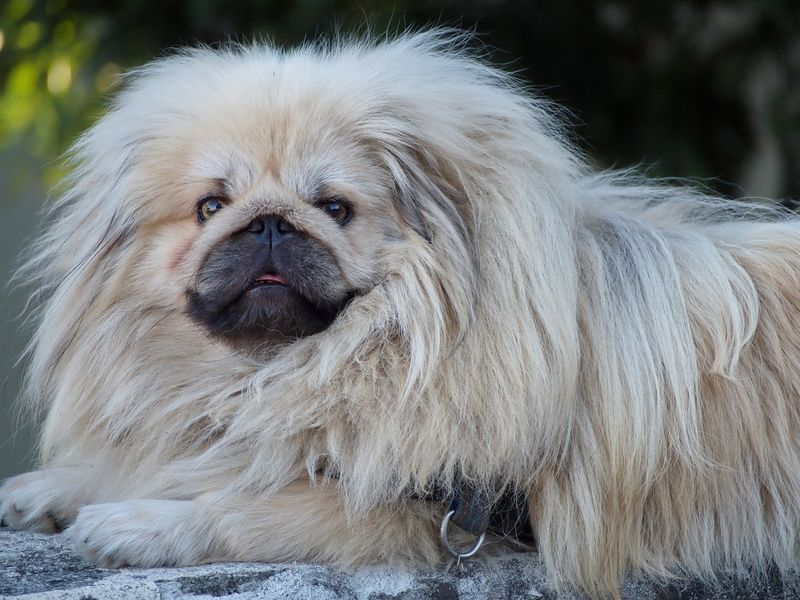
Former royal companions, Pekingese never forgot their imperial heritage. They approach training with regal disdain, often giving trainers looks that clearly communicate ‘servants shouldn’t give orders.’
Their independent nature makes consistency challenging, while their long history as lap dogs means they weren’t bred for trainability. Many professionals find their stubborn determination surprisingly strong for such a small package. Their ‘what’s in it for me?’ attitude requires creative motivation techniques.
14. Borzoi
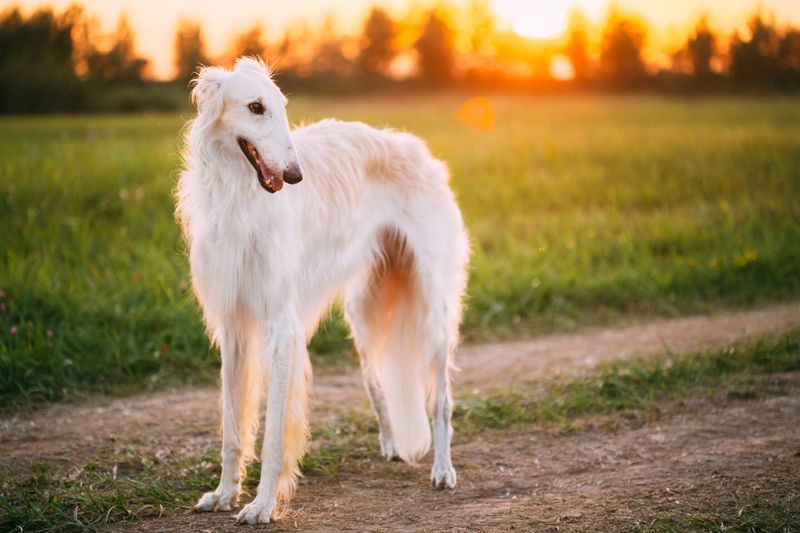
Elegant sighthounds with independent spirits, Borzois approach training with aristocratic indifference. Their historical role hunting wolves required independent thinking, not obedience to constant commands.
Their prey drive makes them easily distracted by moving objects, while their sensitive nature means harsh training methods backfire spectacularly. Many trainers find their gentle, somewhat aloof personalities challenging when trying to maintain engagement during sessions.
15. Chihuahua

Tiny dogs with massive personalities, Chihuahuas often rule their humans rather than the other way around. Their small size leads to inconsistent training as owners find poor behavior ‘cute’ rather than problematic.
By the time trainers meet them, many Chihuahuas have already learned they can get away with behaviors larger dogs cannot. Their loyalty to one person often means they ignore commands from others, including professional trainers. Small size combined with big attitude creates surprising training challenges.

